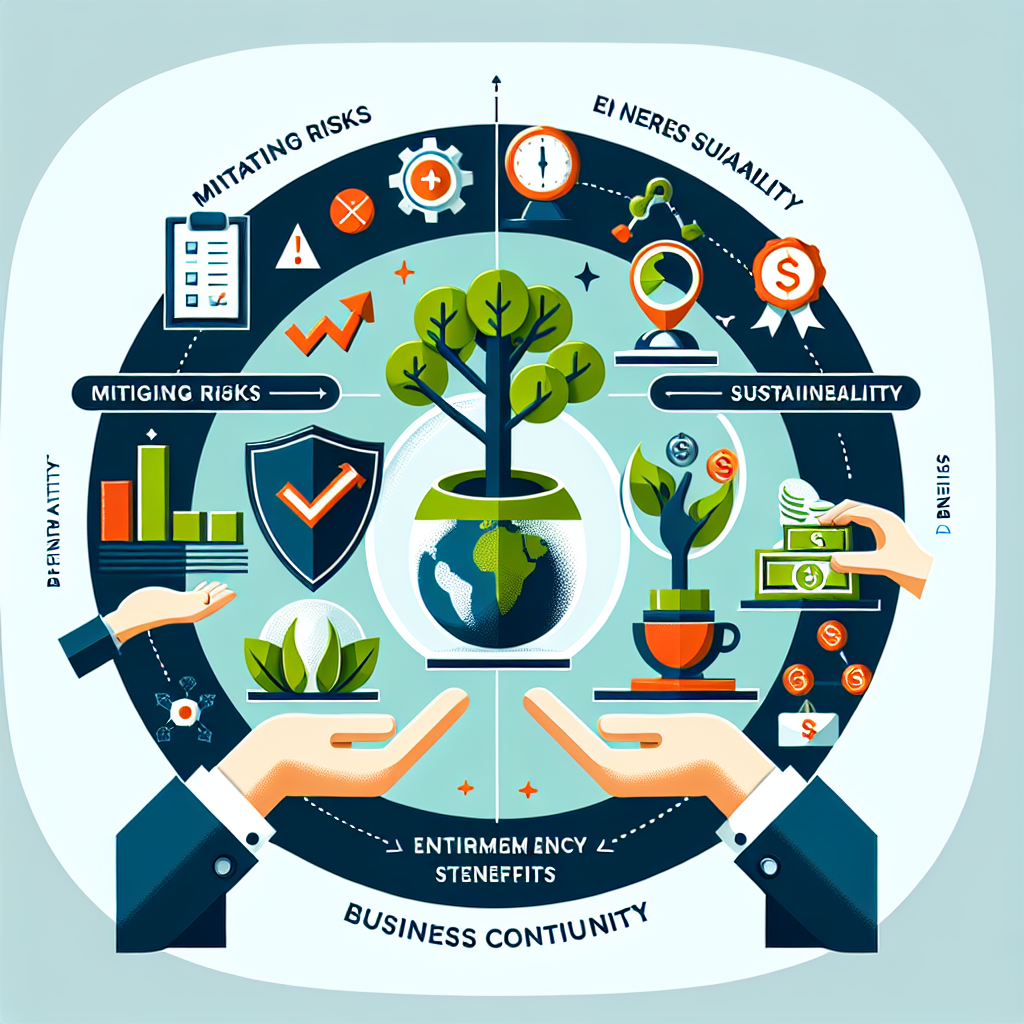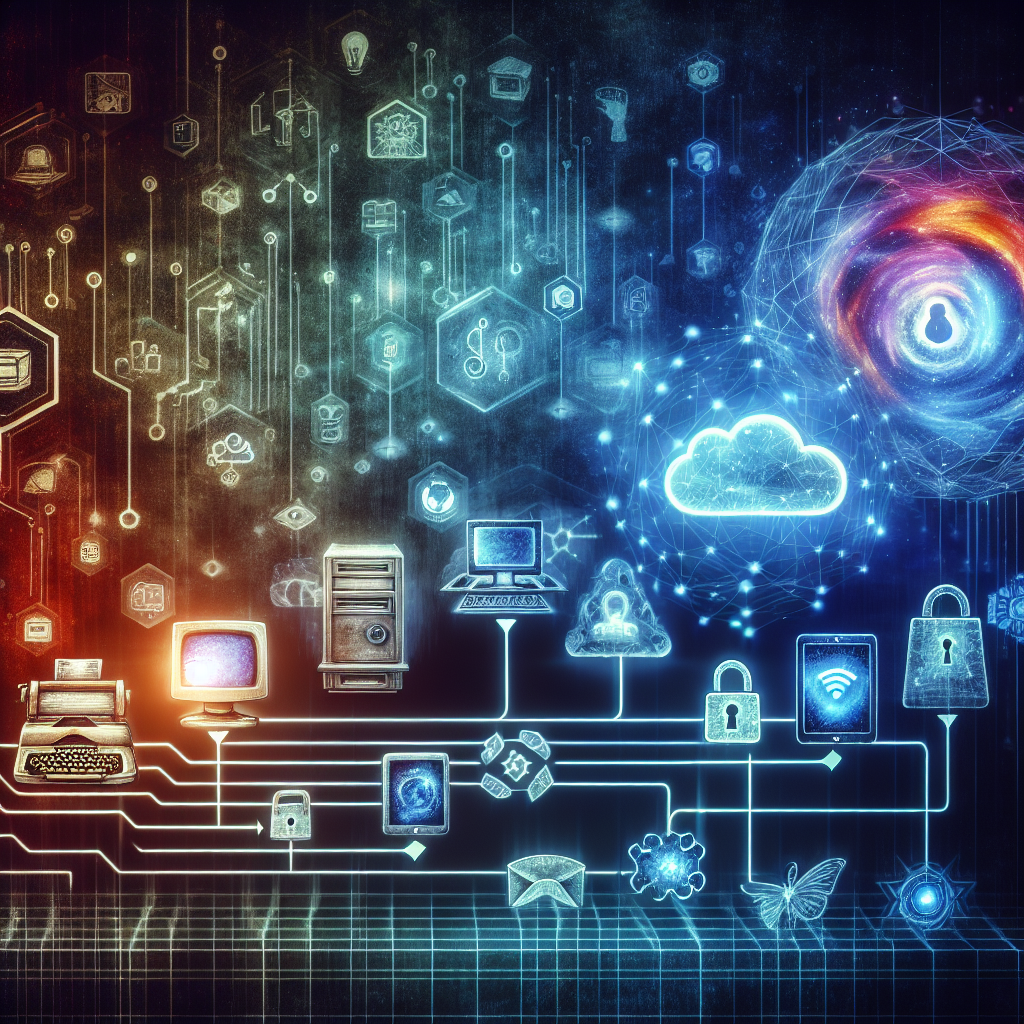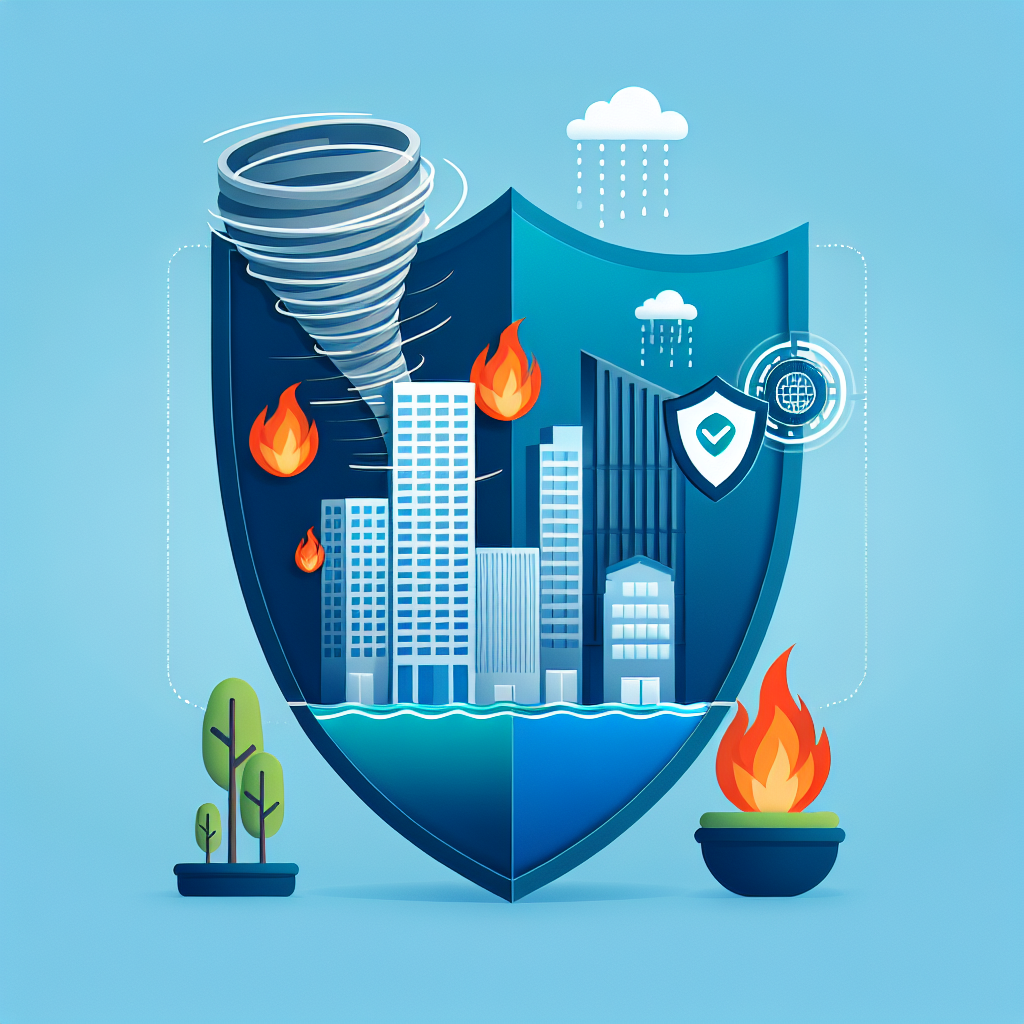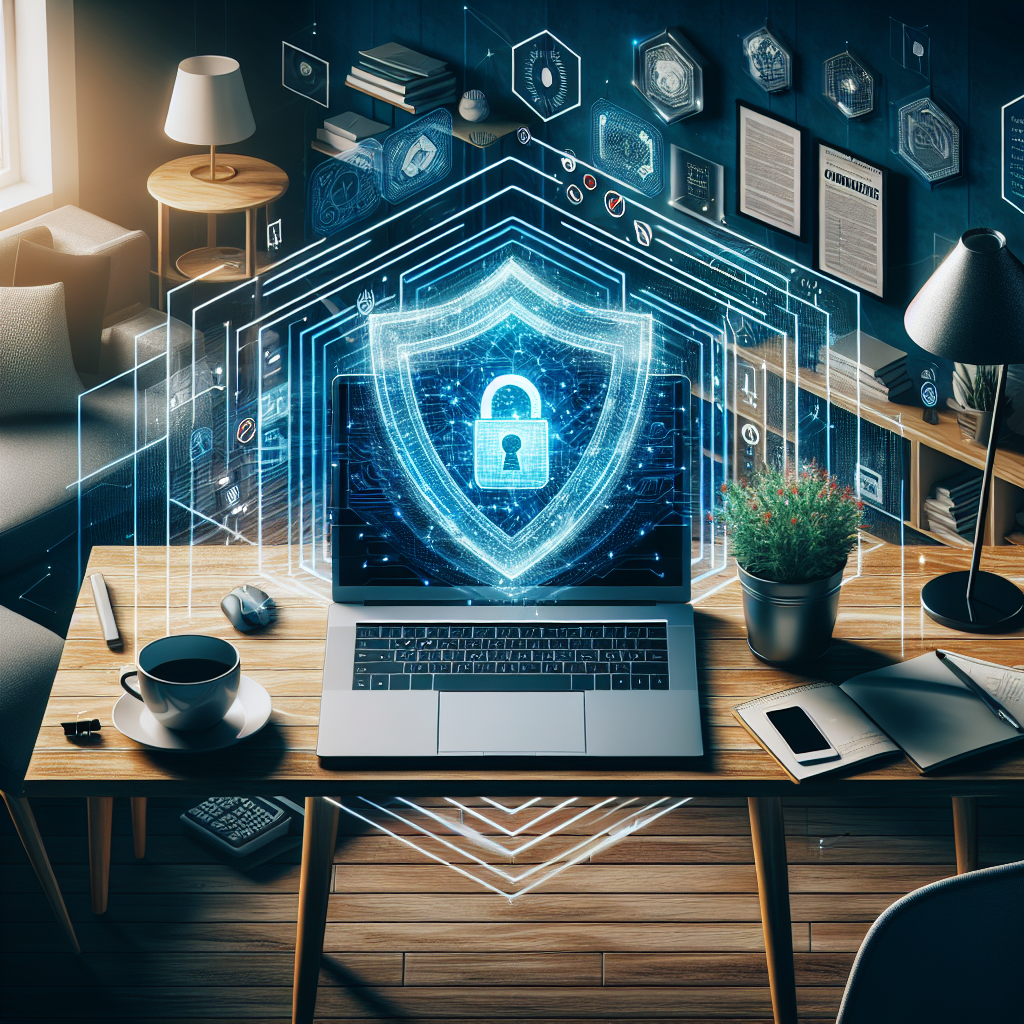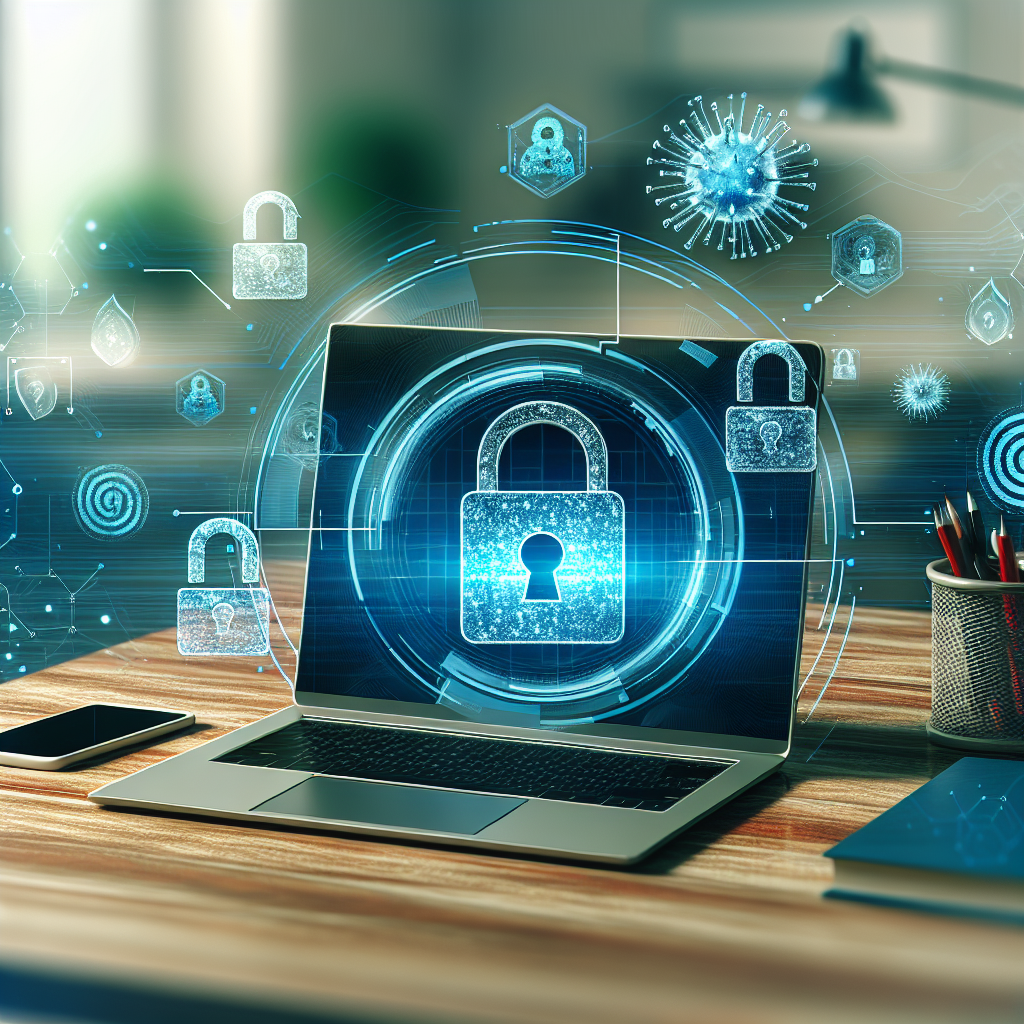In today’s fast-paced and unpredictable business environment, it is essential for organizations to be prepared for any potential crisis that may arise. From natural disasters to pandemics, there are a myriad of risks that can disrupt operations and threaten the continuity of a business. Mitigating these risks and ensuring business continuity in times of crisis is crucial for the long-term success and sustainability of an organization.
One of the key steps in mitigating risks and ensuring business continuity is developing a comprehensive risk management plan. This plan should identify potential risks, assess their likelihood and impact, and outline strategies for preventing and mitigating these risks. By having a clear understanding of potential threats, organizations can proactively implement measures to minimize their impact and ensure that operations can continue in the event of a crisis.
Another important aspect of mitigating risks and ensuring business continuity is developing a robust business continuity plan. This plan should outline how the organization will respond to a crisis, including communication strategies, alternative work arrangements, and contingency plans for critical business functions. By having a well-thought-out business continuity plan in place, organizations can minimize downtime and ensure that they can continue to operate effectively during a crisis.
In addition to developing risk management and business continuity plans, organizations should also invest in technology and infrastructure that can support remote work and ensure operational resilience. Cloud-based systems, remote access tools, and backup servers can all help organizations maintain business continuity in the face of a crisis. By investing in these technologies, organizations can ensure that employees can continue to work effectively, even when faced with disruptions to traditional work environments.
Furthermore, organizations should also prioritize employee training and awareness to ensure that all staff members are prepared to respond effectively in times of crisis. Training exercises, drills, and communication protocols can all help employees understand their roles and responsibilities during a crisis and ensure that they can respond quickly and effectively to mitigate risks and ensure business continuity.
Ultimately, mitigating risks and ensuring business continuity in times of crisis requires a proactive and strategic approach. By developing comprehensive risk management and business continuity plans, investing in technology and infrastructure, and prioritizing employee training and awareness, organizations can minimize the impact of crises and ensure that they can continue to operate effectively no matter what challenges they may face. By being prepared for potential risks and disruptions, organizations can safeguard their operations and protect their long-term success and sustainability.




